Alexander the Great is a name that everyone knows. Famous for its conquests, military tactics and strength, Alexander the Great has been a household name since 340 BC. He conquered lands that his ancestors could only dream of, and he fulfilled his life's ambition to become Lord of Asia in just ten years.
Alexander the Great early life
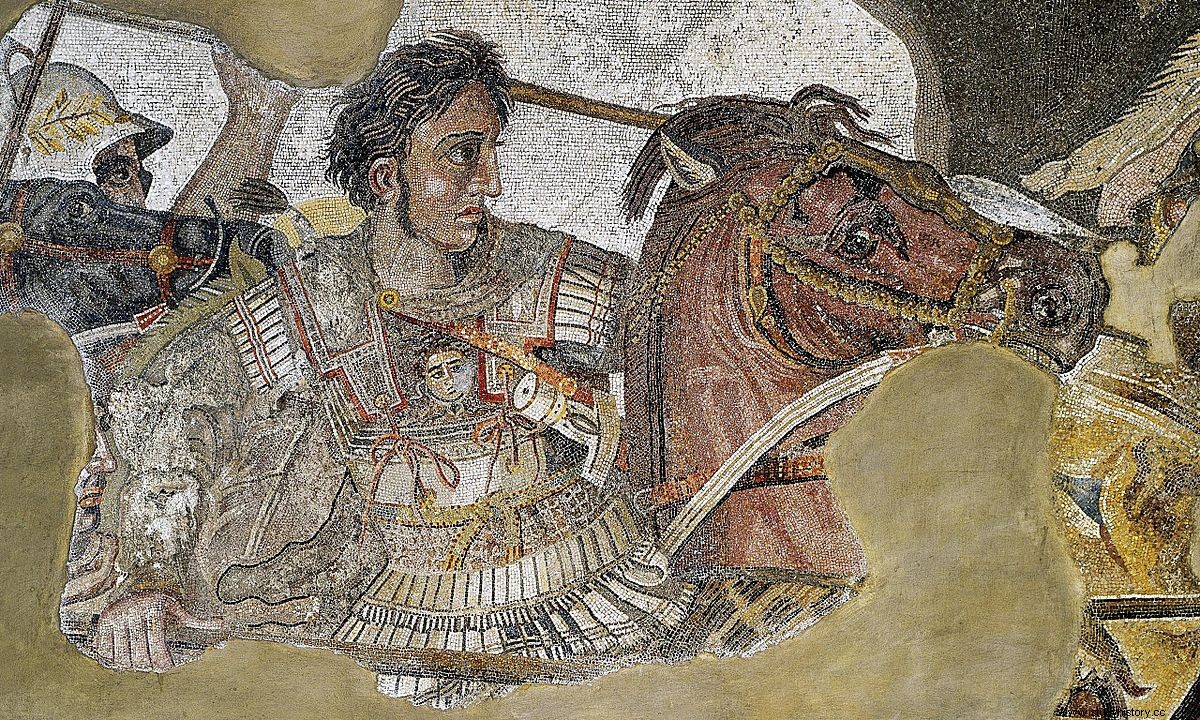
Alexander the Great, also known as Alexander of Macedon or Alexander III, was born in Pella, in July 356 BC. He was born to King Philip II and the daughter of King Neoptolemus of Epirus, Olympias. Some records have suggested that Alexander had six siblings, although some have been questioned. As far as we know, it is possible that he had a full sister, three half-sisters and two half-brothers.
He was taught by Aristotle from the age of 13. During his three years he learned about medicine, literature, science and philosophy. Unlike Aristotle and most of Greece, however, Alexander did not grow up sharing the same views about foreigners. At that time in Greece, it was common for non-Greeks to be treated as slaves or even slaves. He did not agree with this view and seemed to have respect for those of both Greek and non-Greek descent.
At the age of 12 it is said that Alexander tamed a wild Thessalonian stallion. This was seen as a brave act, as the horse was enormous in size and had a fiery personality. The horse became Alexander's combatant most of his life and was named Bucephalus. However, the young man's courage did not end there. As a 16-year-old, King Philip went to battle, leaving him in charge of Macedonia. The prince took the opportunity to show his strength and bravery and defeated Thebes Sacred Band. This happened during the Battle of Chaeronea. The army was composed of pairs of male lovers and was considered unbeatable. With the defeat of The Sacred Band of Thebes, Alexander's rise to fame really began.
His ascension to the throne
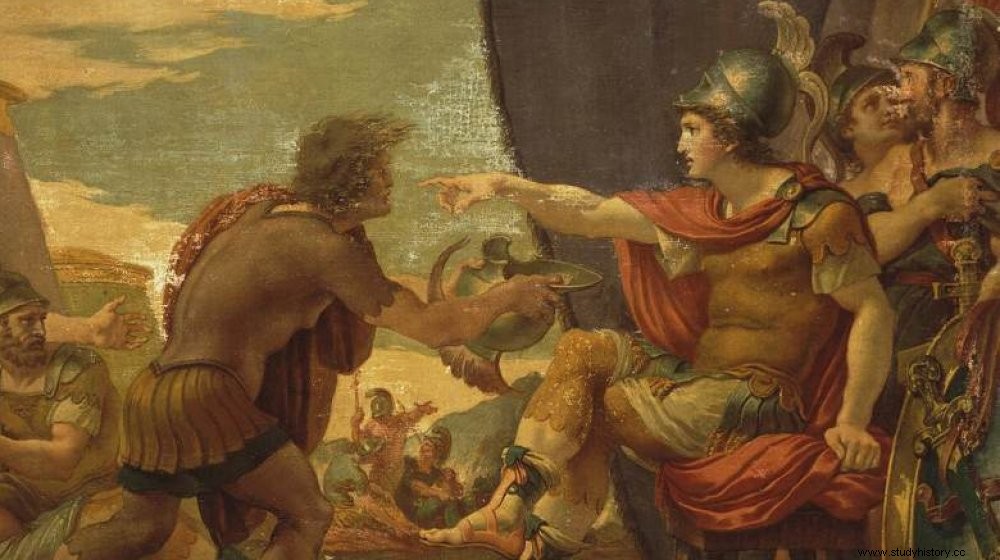
One year after Alexander and his cavalry defeated Thebes Sacred Band, Philip and Olympias parted ways. At the banquet to celebrate his father's new marriage, he and Philip quarreled. This resulted in Alexander and his mother fleeing Epirus in northern Greece. Not long after he left for Illyria, the prince and Philip made a change, and he returned to Pella. Although he was reconciled, his position as heir was in danger until the assassination of the king in 336.
After the assassination of his father, Alexander succeeded to the throne without resistance, with the approval of the army. His first act as king was the execution of those he believed were responsible for his father's death. These people included princes of Lyncestis, as well as the entire faction that opposed him. With the throne secured, he marched south to restore Thessaly and was appointed generalissimo of the Greek League at Corinth.
Before the Asian conquest
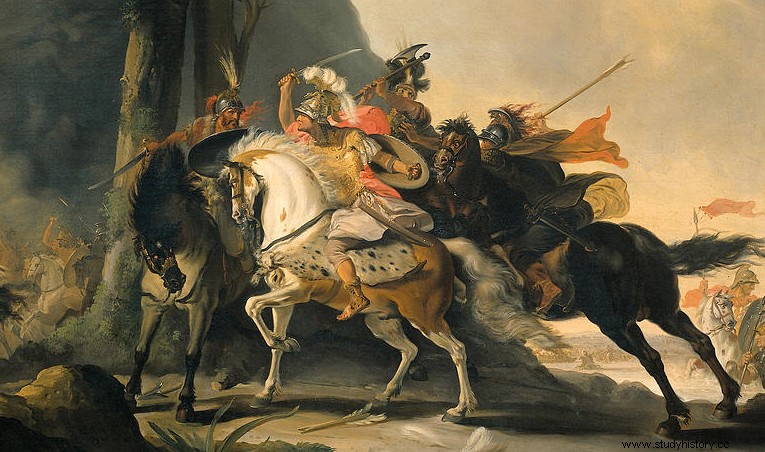
The Asian conquest had been initiated by his father due to the actions of Xerxes I in 480-479 BC. A century before Alexander's birth, Persian King Xerxes invaded Greece, burned cities and hoped to dominate the world. This was done with one of the largest ancient armies ever assembled, and the Persians took over most of Greece.
After being appointed generalissimo for the nearby Asian conquest, Alexander passed through Delphi. In Delphi he was declared invincible by the Pythian priestess. Pythia, or Oracle of Delphi, was said to communicate with the god Apollo. She was highly regarded and her words were certainly for those who crossed the country to see her. The young king continued to Thrace in 335 and defeated Triballi after forcing himself through the Shipka Pass. He continued to cross the Danube River and ruled the Getae, a people known for their mounted archery. After turning west, he defeated the Illyrians coalition, which had invaded Macedonia while he was away.
An uprising led by Theban Democrats erupted when rumors of the king's death surfaced. Alexander cycled nearly 300 kilometers in 14 days to Thebes from Pelion. Upon arrival, the Thebans refused to lay down their arms. As a result, Alexander entered the city and leveled it. He only saved the temples and the house of the poet Pindor and sold the survivors into slavery. Macedonian garrisons remained in the region to serve as a reminder of the events and the price of irregularities.
Alexander the Great is preparing for the Asian conquest
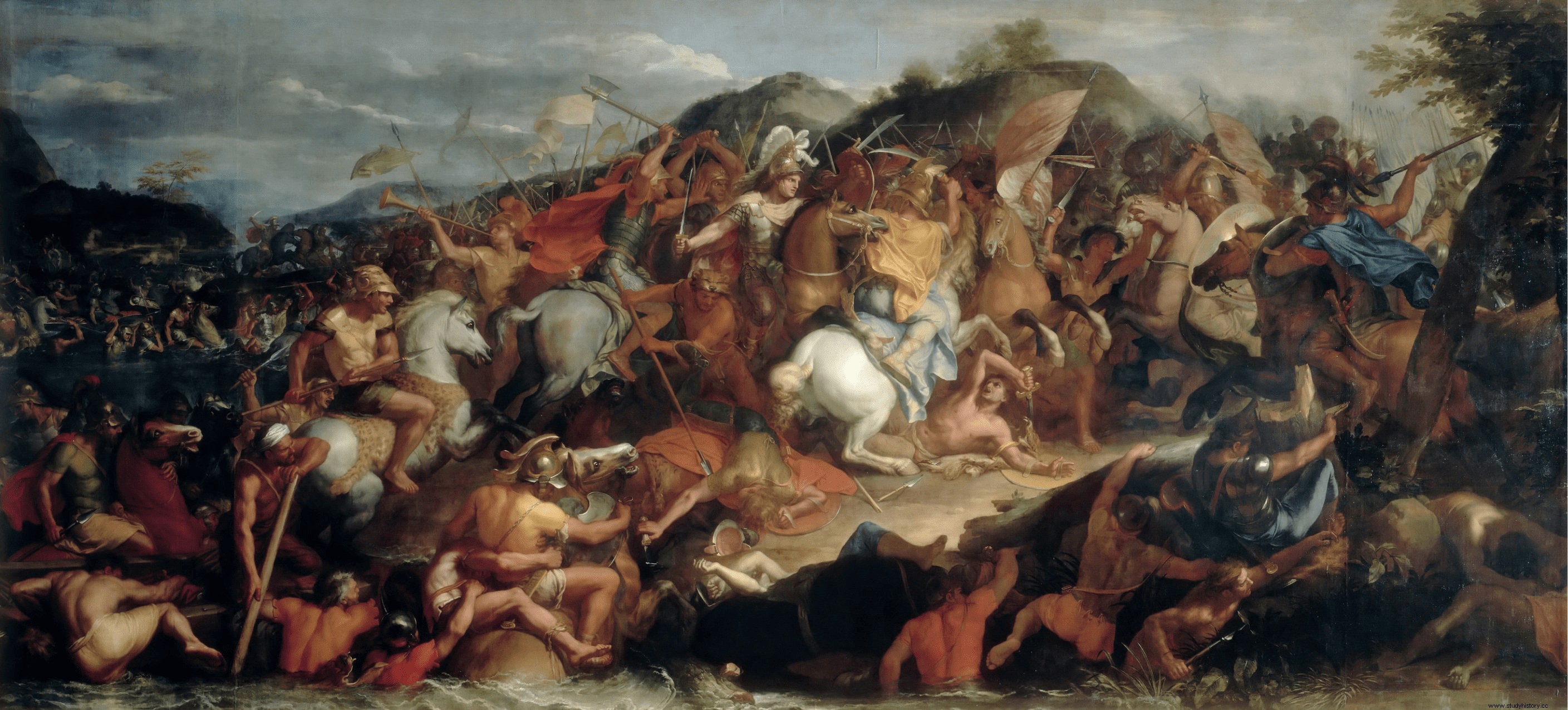
Alexander had grown up hearing the idea of conquering Persia from his father. In addition to avenging Xerxes' actions, Persia's wealth was much needed. Not only was wealth necessary if the king was to maintain the army his father built, but also to repay the debt. Previous excursions to Persian territories by Then Thousand, Agesilaus of Sparta and Greek heroes of war had revealed vulnerabilities. These companies had made it clear that Alexander would probably defeat any Persian army with his cavalry force.
In 334, Alexander crossed the Dardanelles with an army of nearly 40,000 men. The army included at least 30,000 infantry and 5,000 cavalry. Men from the Greek league and those from Macedonia traveled with the king to Asia. Alexander's deputy commander was Parmenio, a man who had worked with Philip in his conquests. Parmenio had secured a foothold in Asia Minor during the years he worked with Alexander's father and was an invaluable ally.
The balance between Alexander's army would serve him well in his conquests in Asia. In addition to soldiers, engineers, architects, surveyors, historians, court officials and researchers were present. Individuals from every profession who could benefit from a long battle were brought together for the great conquest.
The beginning of the Persian conquest

Darius III was king of the Persian Empire (Achaemenid) at the time of Alexander's conquest. Only after visiting Ilium (Troy) did Alexander meet his first Persian army. The army was led by three provincial governors, or satraps, and the two forces met at the Granicus (Kocabaş) river. At this first battle against the Persian Empire, Alexander's enemy had a plan. The Persian hoped to tempt the young king across the river and kill him in confusion. If their lines did not break, the plan would have succeeded, and the Achaemenid Empire would have got rid of Alexander. The 2,000 surviving Persians were chained and sent to Macedonia.
News of the Persian defeat spread across Asia Minor, and the cities opened their gates to Alexander and his army. Democracies were put in place when the tyrants were expelled and the king's pan-Hellenic policy was put in place. Alexander sent 300 sets of armor restored from Granicus to Athens. These armor were sacrifices to Athena, the goddess of wisdom. Despite the democracies of the cities, they were still de facto ruled by Alexander. His intention to succeed the king of Persia was clear when he appointed Calas as satrap of Hellespontine Phrygia. When the city of Miletus opposed the plans due to the nearby position of the Persian fleet, Alexander took action. The king took the city, but refused to meet the Persian ships in a naval battle. He insisted that he would defeat the fleet on land by occupying the coastal towns.
Finally, to gain control, Alexander worked with Ada, the widow-sister of Satrap in Caria. The sister adopted Alexander as a son and overthrew Pixodarus. When this was done, Alexander restored Ada to satrapy and continued the conquest.
Conquest of Asia Minor

West Asia was conquered in the winter of 334-333 BC. The tribes Pisidia and Lycia were overthrown and Alexander advanced to Perga on the coast in the spring. Memnon, the Greek commander of the Persian navy, died at this time. This death was a great advantage for the king, as it meant that the Persian fleet lost its great commander. Alexander pushed on to Gordium, then Ancyra and Cappadocia. In Cilicia he was kept with a fever, which gave Darius III the chance to move freely.
The Persian king and his large army moved north to the east side of Mount Amanus. Incorrect intelligence from both sides eventually led to the armies of Alexander and Darius meeting on the banks of the river Pinarus. Alexander's army won the battle, known as the Battle of Issus, and Darius fled. Darius left his family on the run and left them in the hands of Alexander. Fortunately for them, the women were treated with respect and honor and taken care of by the Greeks.
Alexander the Great's journey to Egypt and the conquest of the Mediterranean
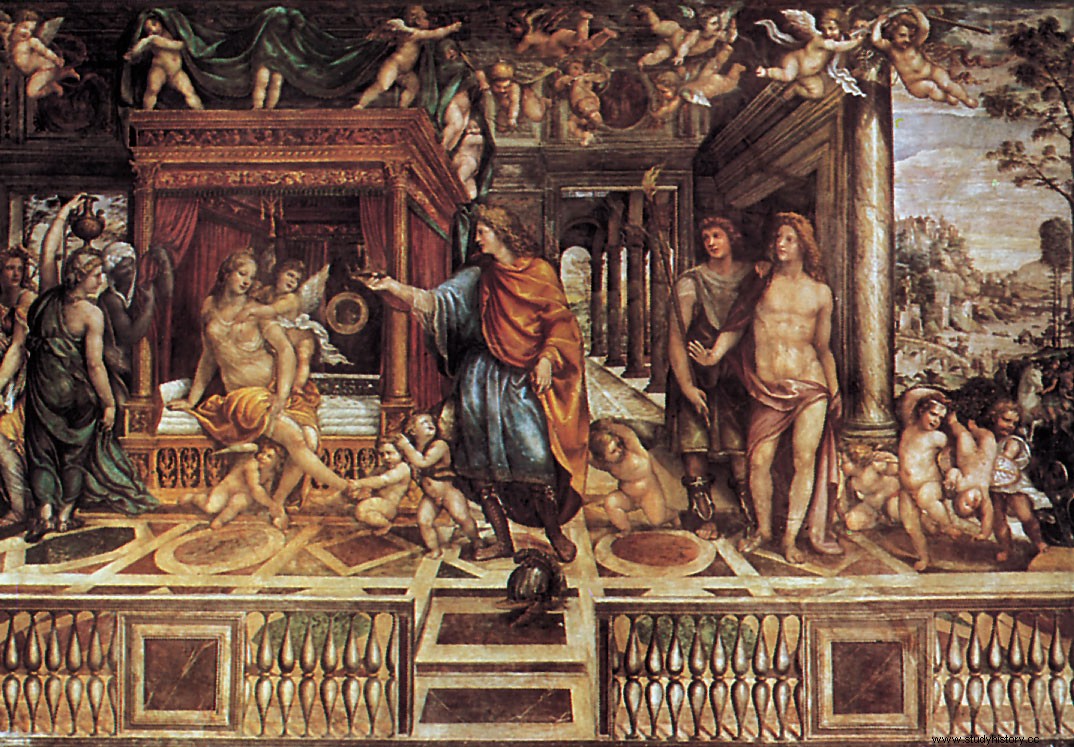
After the Battle of Issus, Alexander went south to Syria and Phenicia. He planned to destroy the Persian fleet and gain a stronger advantage. Most cities let Alexander through the gates without difficulty, and the king sent his deputy to Damascus. Permenio's duty in Damascus was to secure the city and take control of the wealth, including Darius' coffin. At that time, Alexander received a letter from Darius asking for peace. In an arrogant response, he demanded unconditional surrender to himself as lord of Asia. With improbable peace, Alexander took the cities of Byblos and Sidon.
The Greeks besieged the island of Tire for seven months after being denied entry. While this was happening, the Persian army recaptured several cities and islands at sea while being defeated by land. Furthermore, while the siege was going on, Darius sent a new peace offer for a ransom of 10,000 XNUMX talents for his family. In addition to the gold, the Persian king wanted to give up his lands west of the Euphrates River. Alexander refused the offer and eventually Tire stormed and sold the women and children into slavery.
The king left Parmanio in Syria and moved south to Gaza. Until Gaza he had met little resistance, but in Gaza he was stopped for two months. During this time he suffered a shoulder injury during a fight. Some accounts claim that Alexander visited Jerusalem, but this had been ambiguous. In November 332, he reached Egypt and spent the winter organizing and investigating the annual flood in the Nile. He visited the oracle of the god Amon in Sīwah and learned about Egyptian culture. Alexandria was founded and, after securing the east coast of the Mediterranean, Alexander began his journey to Mesopotamia in the spring.
Battle of Gaugamela
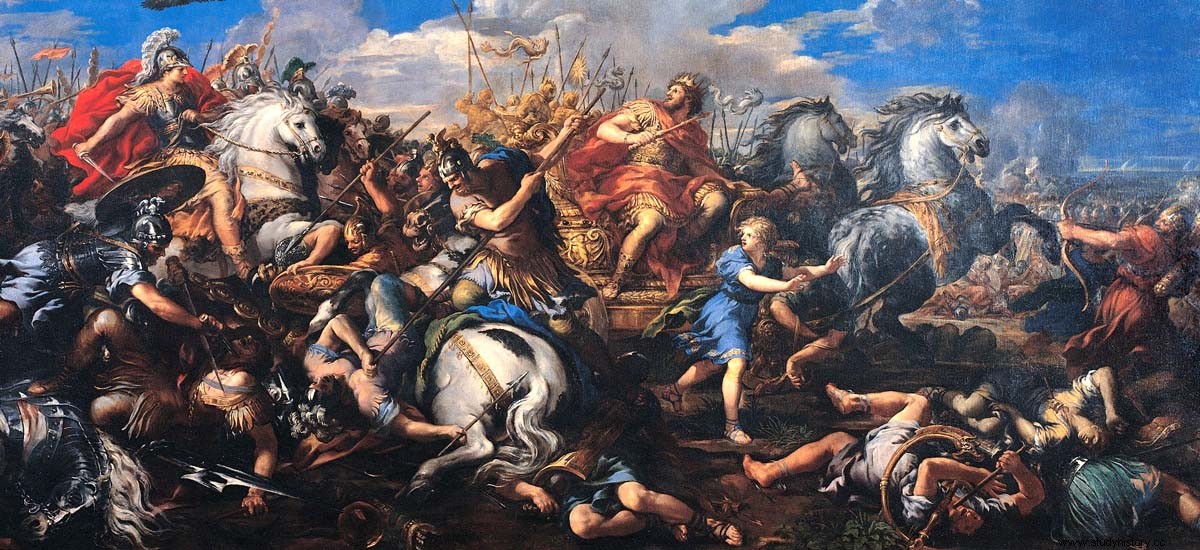
Instead of taking a direct route to Babylon, Alexander and his army headed north toward the Tigris River. Darius learned of this route change and marched up Tigris to oppose him. The battle was fought on October 31 on the plain in Gaugamela. After his defeat, Darius and his remaining army were pursued for 56 kilometers to Arbela. The Persians were able to escape on their cactus in Baktria together with the Greek mercenaries of Media.
Alexander occupied the province and the city of Babylon and established a functioning regime in the city. The man who surrendered the city was able to remain a satrap with a Macedonian troop commander. Susa, the capital, was also handed over and handed over a tax of 50,000 talents to the Persians. Alexander established Darius' family in the city where they could live comfortably. After doing this, he continued the conquest.
Alexander visits Persepolis and Pasargadae
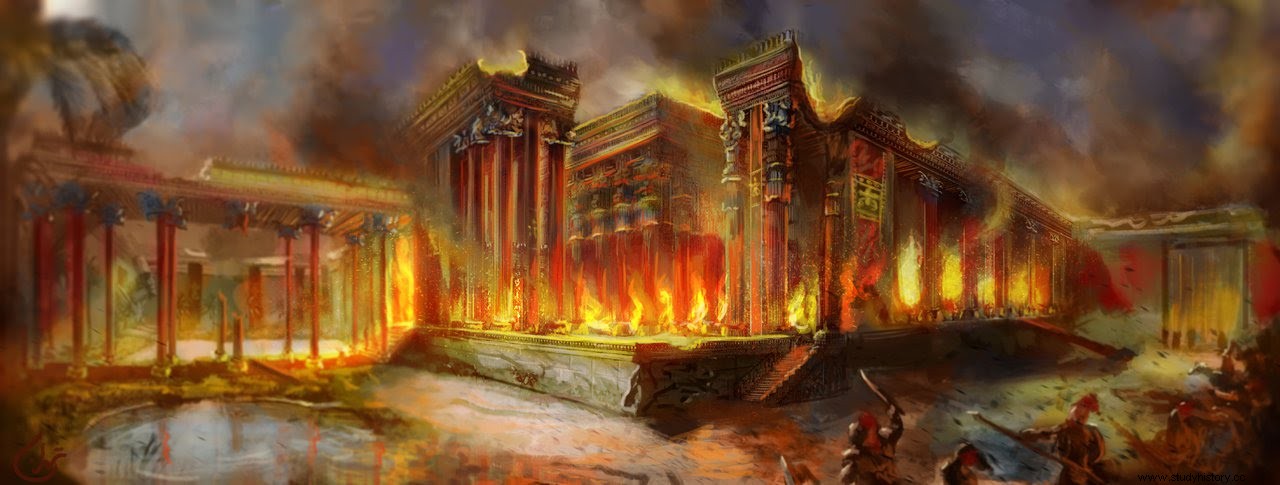
Alexander's army displaced the Ouxian mountain tribes and crossed the Zagros mountain range. Once over the mountains, he was finally in Persia. He passed the pass to the Persian gates, held by Ariobarzanes, and entered Persepolis and Pasargadae. In Persepolis, Alexander burned down Xerxe's palace. This was symbolic of the end of the Greek king's panhellenic war of revenge.
The end of Alexander's pan-Hellenic war of revenge
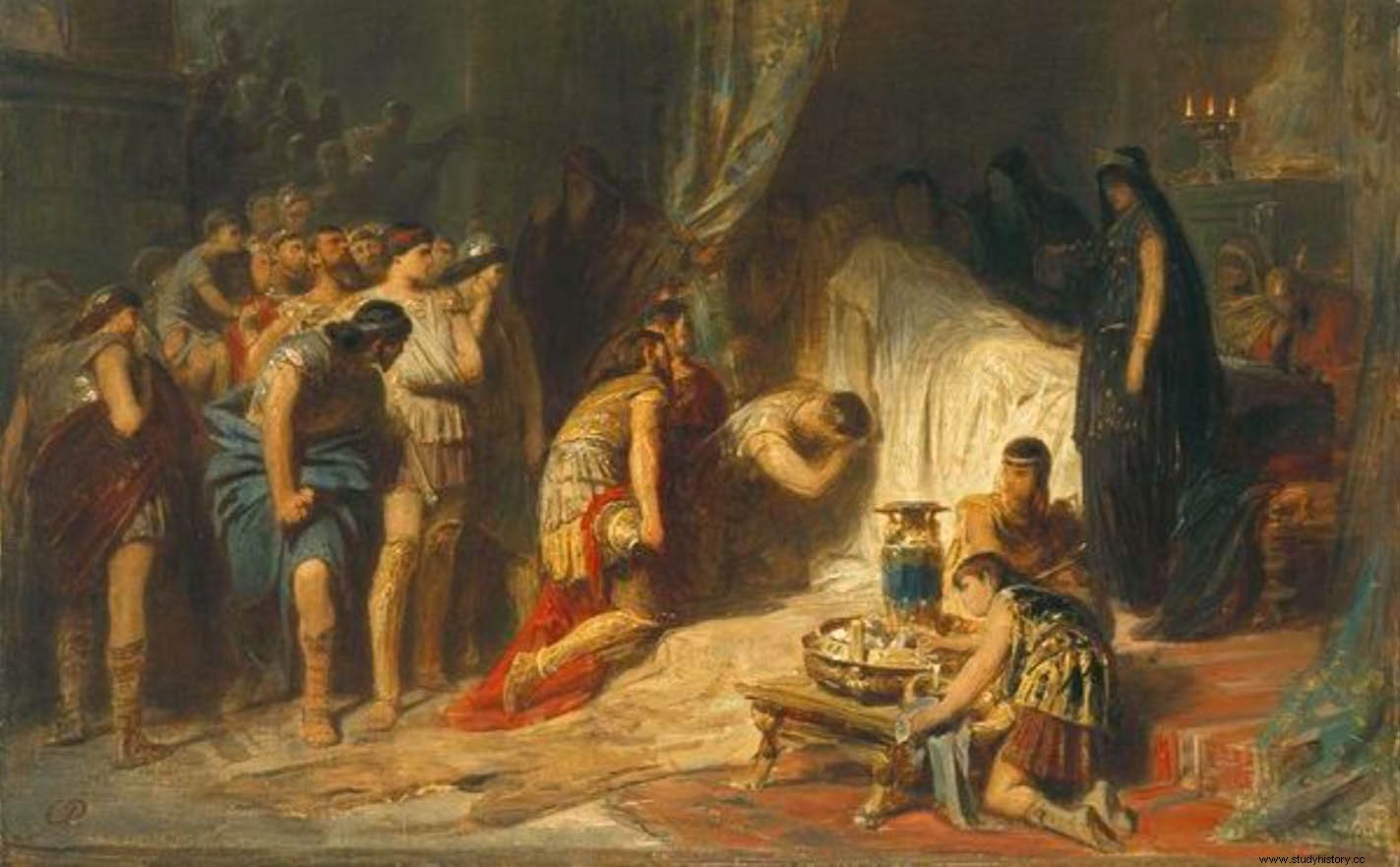
Alexander had begun to see a different future for the world he had conquered. Instead of being ruled by the Greeks, he hoped that both Macedonians and Persians could rule together. The king took care of the business in Persia before continuing his persecution of Darius. Darius had retreated to Bactria, and in the summer of 330 Alexander continued the hunt.
When Alexander reached the Caspian gates, he learned that Darius had been killed by the satraps of Bactria. This had happened during a skirmish near Shāhrūd and Darius had been stabbed and left to die. Out of respect, Alexander sent the body of Darius III back to Persepolis so that he could be buried in the royal tombs.
Between Darius' death and Alexander's conquest of Asia, little stood in his way. Now known as 'lord of Asia', he went on to Central Asia. Parmanio, his deputy commander, was assassinated when evidence that he was planning against Alexander was revealed. New, loyal men were appointed and promoted to positions of trust after his death.
In 327 Alexander and Roxana from Bactria married, and in 324 he married Parysatis II. Eventually conquering parts of Central Asia including India, his empire expanded to the east coast of the Mediterranean, Egypt and Asia Minor. In ten years he had done everything he intended to do, and in 10 he returned to Babylon. In June 323, Alexander died in Babylon. While many say he died of malaria or other natural causes, many claim that it was poison that killed him.
